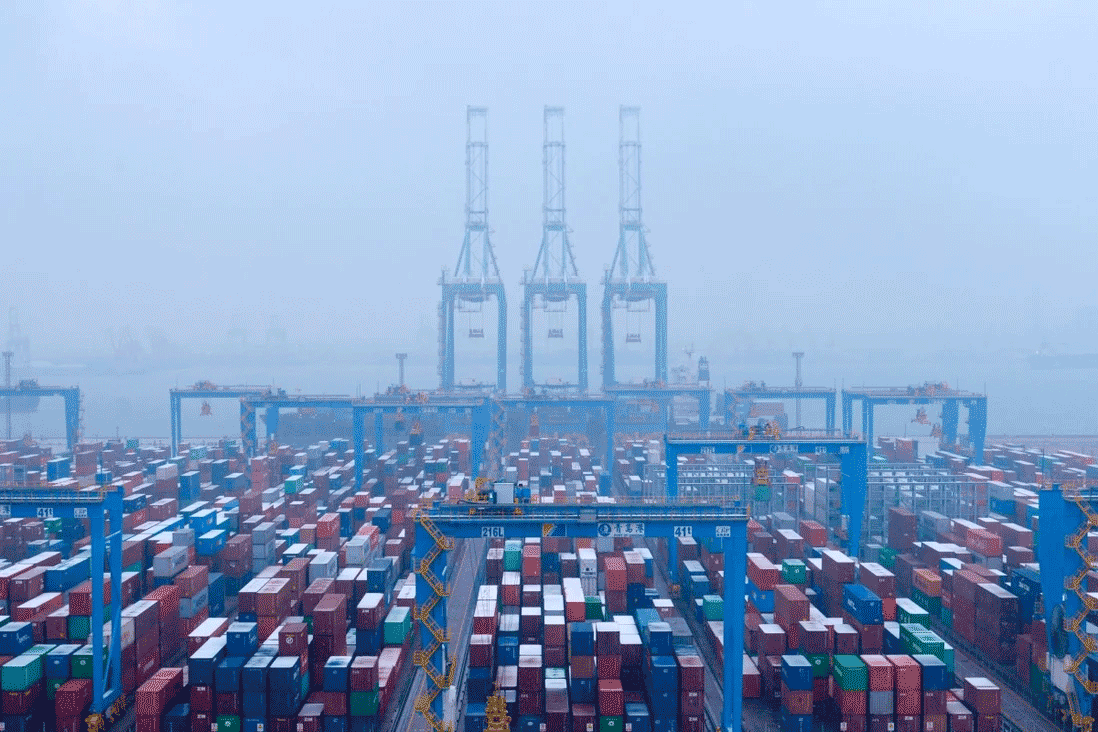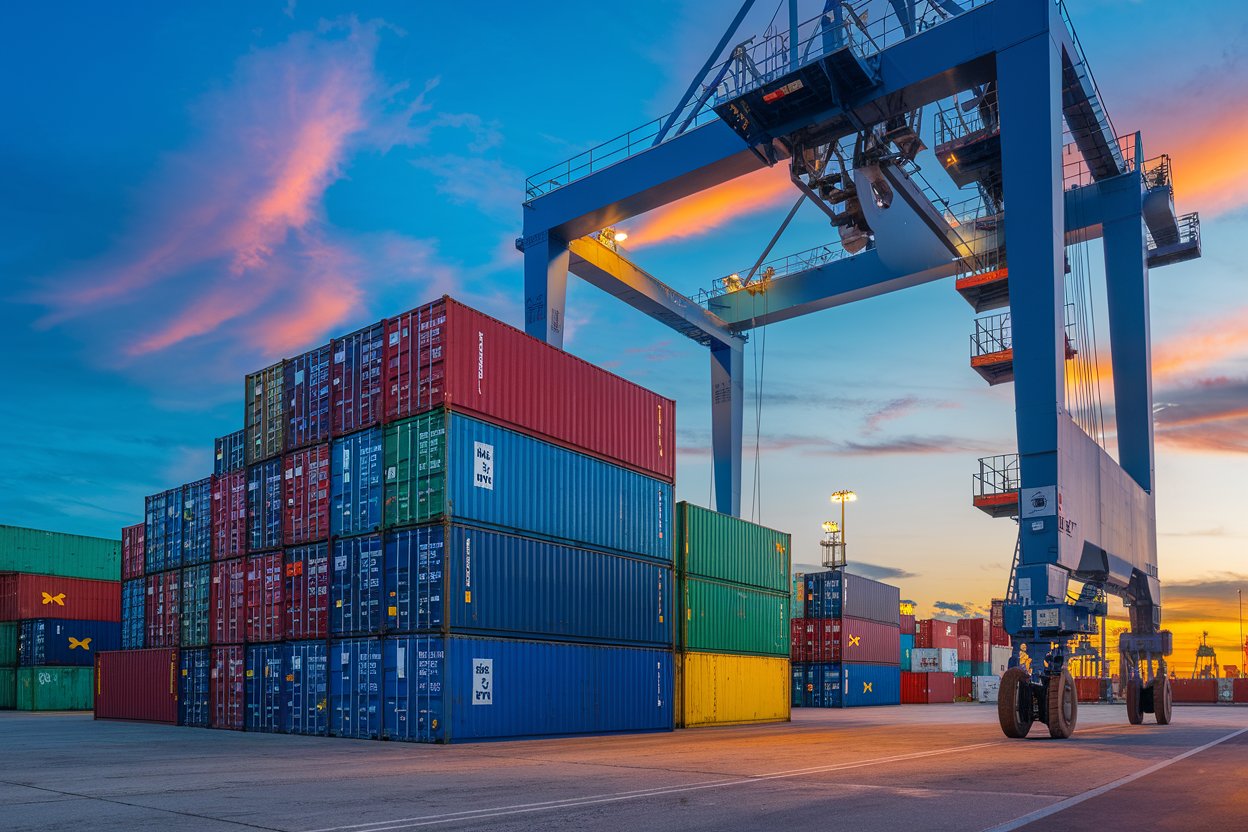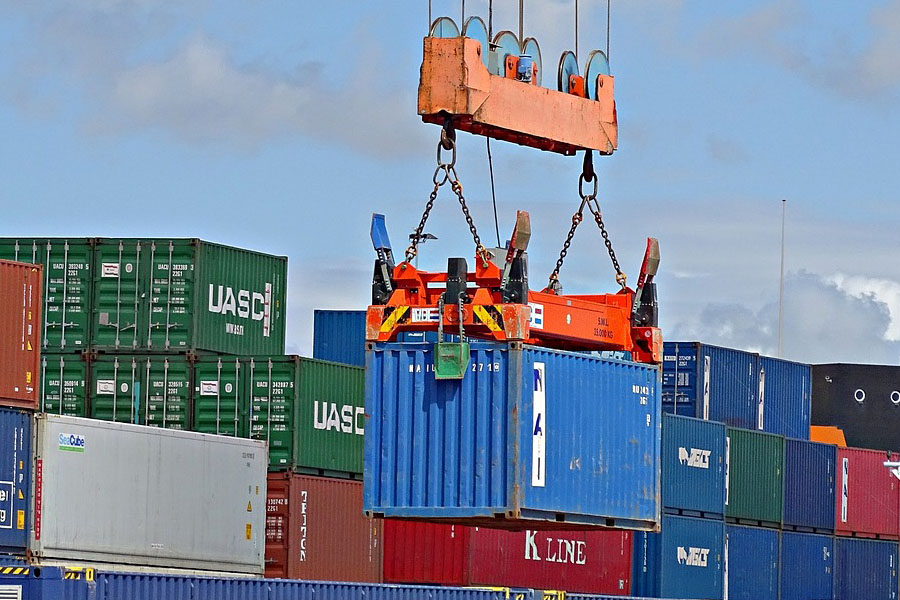- Shanghai Zhongshen International Trade Co., Ltd. - Two decades of trade agency expertise.
- Service Hotline: 139 1787 2118

Introduction
In todays globalized trade landscape, importing Japanese scarves holds abundant business opportunities. Whether its the unique design styles or high-quality materials of Japanese scarves, they attract many merchants. However, successfully introducing Japanese scarves to the domestic market involves a series of complex processes and numerous considerations. This article will professionally interpret key points in importing Japanese scarves and introduceZhongShen International Tradethe professional services we can provide.
ZhongShen International Trades Professional Capabilities in Documentation Processing
For importing Japanese scarves, document processing is the primary step. Documents serve as the ID cards of trade, ensuring legality and compliance. ZhongShen International Trade has deep professional expertise in document processing.
For commercial invoices, we ensure they accurately reflect scarf details, including brand, style, quantity, unit price, and total price. Invoices must comply with both Japanese exporter records and domestic customs requirements. Packing lists are also crucial—we detail each boxs contents, including box numbers, scarf types, and quantities, facilitating customs inspection and logistics counting.
The bill of lading, as proof of goods ownership, must be handled meticulously. We closely communicate with shipping companies to ensure bill of lading information matches actual goods and other documents. Additionally, for import-requiredIt is recommended to verify through the following methods:certificates, we assist clients in obtaining them from Japanese suppliers to prove scarf origin, which affects applicable tariff rates and reflects product quality and features. Throughout document processing, we strictly follow international trade regulations and domestic customs rules to prevent delays or losses due to documentation issues.
ZhongShen International Trades Professional Capabilities in Logistics Arrangement
The logistics link is the lifeblood of trade, ensuring smooth cargo transportation. For importing Japanese scarves, various logistics options are available,Maritime Transportationwith ocean shipping being a common choice due to its large capacity and low cost. ZhongShen International Trade has long-term partnerships with renowned shipping companies, enabling us to customize ocean shipping solutions based on cargo volume and delivery timelines.
For booking space, we plan ahead to secure sufficient slots on suitable voyages. During cargo loading, we arrange professionals to supervise packaging, preventing damage during transit. For LCL shipments, we coordinate cargo combinations from different clients to optimize space utilization. Considering logistics risks, we assist clients in purchasing cargo insurance to cover losses from natural disasters or accidents.
If clients have tight delivery requirements,Air Transportationair freight is a viable option. We are familiar with major airline routes and rates, enabling quick air freight arrangements to ensure timely domestic delivery. Upon arrival at domestic ports or airports, we promptly handle customs clearance and arrange transportation to client-specified locations for seamless logistics.
Russian Market and VTBIn order to crack down on tax evasion, the customs and tax departments are now strictly examining the operation of buying export declarations. If the behavior of buying export declarations is discovered, the regulatory authorities will require tax replenishment (even a 2% tax rate may be a considerable amount). In addition, fines may also be imposed on the relevant responsible parties.Advantages
Although this article focuses on Japanese import scarves, the Russian market is also a key business segment for ZhongShen International Trade. The Russian market has broad demand for various scarves, whether fashionable decorative scarves or warm woolen scarves.
For trade with Russia, settlement is a critical step. ZhongShen International Trade offers unique VTB settlement advantages for the Russian market. VTB Bank is a major Russian financial institution, and our partnership enables faster, safer settlement services for clients.
The settlement process typically works as follows: When goods are exported to Russia and clients receive payment, funds first enter our VTB account. We then convert foreign currency to RMB at the daily exchange rate and transfer it to the clients designated domestic account. Compared to conventional settlement channels, VTB settlement reduces intermediate steps, shortens processing time, and mitigates exchange rate risks. This advantage enhances our competitiveness in the Russian market, providing significant convenience for clients.
Southeast Asian Marketimport and exportProcesses and Solutions
The Southeast Asian market should not be overlooked. While this article focuses on importing Japanese scarves, Southeast Asia has unique aspects in import/export trade. Understanding its processes is crucial whether importing scarf-related products from Southeast Asia or reselling Japanese scarves there.
For imports, market research and supplier selection come first. Southeast Asian countries have distinct scarf specialties, such as Indonesian batik scarves or Thai silk scarves. When selecting suppliers, factors like production capacity, product quality, and reputation must be evaluated. After signing contracts, document processing begins—similar to Japanese imports—but attention must be paid to differences in trade regulations and documentation requirements across Southeast Asian countries. For example, some countries may have special format requirements for certificates of origin or strict restrictions on certain product components.
For logistics, ocean shipping is primary. Southeast Asia has numerous ports, but their loading/unloading efficiency and fees vary. We select the most suitable ports based on cargo destinations. For customs clearance, understanding local policies and preparing complete documents is essential. Some Southeast Asian customs have strict inspections, so we collaborate with local brokers to ensure smooth clearance.
For exporting Japanese scarves to Southeast Asia, market analysis is needed to understand local demand, trends, and competition. Accurate documentation and efficient logistics are equally important. Trade barriers like tariff adjustments or quotas must also be addressed with tailored solutions.
Challenges and Opportunities in the Current International Trade Landscape
The current complex international trade environment poses challenges for importing Japanese scarves. Rising trade protectionism has led countries to adjust tariffs and trade barriers. Some may increase import tariffs on textiles like scarves, raising costs. Non-tariff barriers like technical or environmental standards are also tightening. For example, certain countries have strict rules on scarf dye components or formaldehyde content—non-compliant goods may be returned or destroyed.
However, challenges also bring opportunities. The rapid growth of global e-commerce has expanded market access for imported scarves through online platforms. Consumers can easily purchase unique Japanese scarves online. Additionally, regional trade agreements create favorable conditions. Some free trade agreements reduce tariffs among member countries, facilitating goods flow. Importers of Japanese scarves can leverage these agreements for lower tariffs and enhanced competitiveness.
Product certification services
For importing Japanese scarves, product certification is essential. Different regions have varying certification requirements. For example, the EU may require scarves to pass textile safety certifications like Oeko-Tex Standard 100 to ensure they are free of harmful substances. The US market may focus on labeling compliance, including fiber content and care instructions.
While ZhongShen International Trade does not directly provide certification services, we fully inform clients of requirements and assist in the process. Our expertise helps interpret certification regulations, guide clients through processes, and prepare materials. We partner with professional certification bodies to recommend reliable channels, ensuring clients obtain necessary certifications efficiently for compliant market entry.
In summary, importing Japanese scarves requires comprehensive consideration of document processing, logistics, market characteristics, international trade conditions, and product certification. Leveraging our expertise in documents and logistics, VTB settlement advantages for Russia, and familiarity with trade regulations, ZhongShen International Trade provides holistic, professionalforeign tradeagency services to help clients succeed in Japanese scarf imports.
Related Recommendations
© 2025. All Rights Reserved.Shanghai ICP No. 2023007705-2 PSB Record: Shanghai No.31011502009912
PSB Record: Shanghai No.31011502009912










